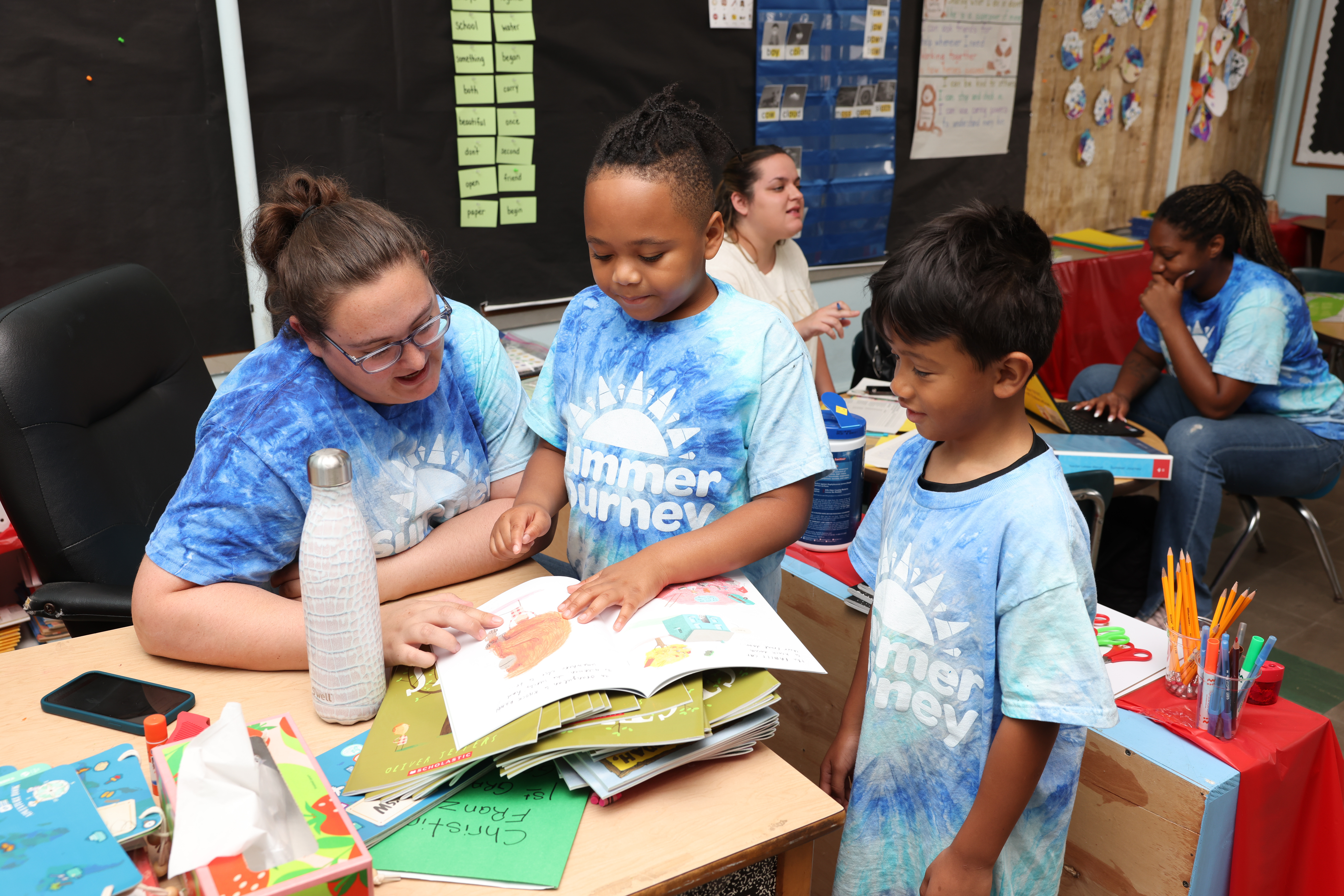Breaking the Tutoring Ceiling: How Top-Performing Districts Found the Formula for Lasting Results

The Challenge: When Tutoring Isn’t Enough
Across the country, districts have invested heavily in tutoring to help students recover from unfinished learning. Yet results vary widely. Some schools see quick, measurable growth. Others see little change, even with the same number of sessions and similar curriculum materials.
The difference? Success comes from how tutoring is designed, integrated, and sustained, not just how often it happens.
The Common Thread in High-Growth Districts
Schools that broke the “tutoring ceiling” focused on three key elements that worked together: consistency, connection, and clarity.
| Element | What It Means | Example from Schools |
| Consistency | Tutoring happened predictably, multiple times each week, with the same students and tutors. | In one district, daily 30-minute literacy sessions led to 99% of K–3 students improving reading scores. |
| Connection | Tutors built relationships that motivated students to show up and stay engaged. | A Nevada program saw a 17% increase in attendance when tutoring became part of students’ trusted routine. |
| Clarity | Data guided every session, helping educators adjust in real time. | A Virginia district tracked student progress weekly, tripling math proficiency in less than a year. |
Explore how different districts structured tutoring and tracked growth in the Success Stories library.
Lessons from the Schools That Broke the Ceiling
Lesson 1: Repetition Builds Confidence
Tutoring that happens just once or twice a week often feels like an interruption, not part of learning. High-growth schools made tutoring predictable. They placed it at the same time, in the same space, with the same trusted adults. When tutoring feels routine, students settle in faster, remember more, and begin to expect success.
Lesson 2: Relationships Drive Results
Data shows that students are more likely to attend tutoring, and make progress, when they feel known. In many successful districts, principals matched students with consistent tutors who understood their learning style and personality. One principal described it as “turning tutoring into mentorship.” It’s a simple truth: students work harder for people they believe care about them.
Lesson 3: Data Creates Momentum
Schools that track progress frequently don’t just measure success—they create it. Weekly progress checks, teacher-tutor communication, and visible student goals helped educators celebrate growth in real time. This constant feedback loop built motivation for both students and staff.
Turning the Pattern into Practice
Districts that sustain high-impact tutoring treat it as a core academic structure, not a temporary fix. They invest time in training staff, scheduling tutoring consistently, and connecting sessions directly to classroom learning.
Here’s what leaders recommend when building tutoring that lasts:
Practical Tips for Implementation
- Schedule tutoring during the school day, not after school.
- Align tutoring content with current grade-level standards.
- Use small, consistent tutor-student groups.
- Monitor progress weekly and adjust instruction as needed.
- Protect tutoring time on the master schedule.
Need inspiration for designing tutoring into the day? Read Finding the Minutes: How Principals Reimagined the School Day to Make Tutoring Possible.
The Takeaway
High-impact tutoring works best when it’s predictable, personal, and purposeful.
When students trust their tutors, when leaders build time into the day, and when data drives daily practice, tutoring stops being a short-term recovery plan and becomes part of a school’s long-term growth model.
And that’s how schools don’t just break the tutoring ceiling. They redefine it.
Explore more insights on high-impact tutoring and real implementation stories: Success Stories| High-Impact Tutoring Overview


